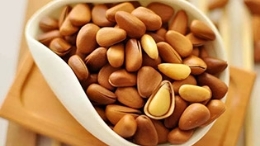Today, let’s talk about the 12 common professional terminology of jewelry, so that you can understand the professional terms said by merchants when you buy jewelry.
🔍Fracture surface
Under the action of external forces, the fracture surface of gem minerals that does not occur in a certain direction of crystallization is called a fracture. The appearance is generally uneven curved surface (can be understood as broken gems/ore)
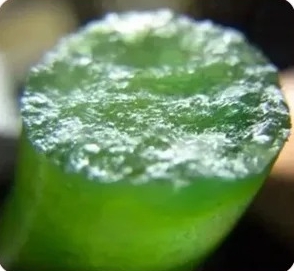
🔍Countertop
Also known as the top surface. The highest turn of the crown of a faceted gem. The more natural the countertop, the larger the gem, the more luxurious the wearing effect.But not the bigger the better, in the same carat weight of the premise of the greater the surface, the thinner the thickness of the stone, will lose fire color. (the same weight if the countertop is large, pay attention to whether the bottom is exposed)
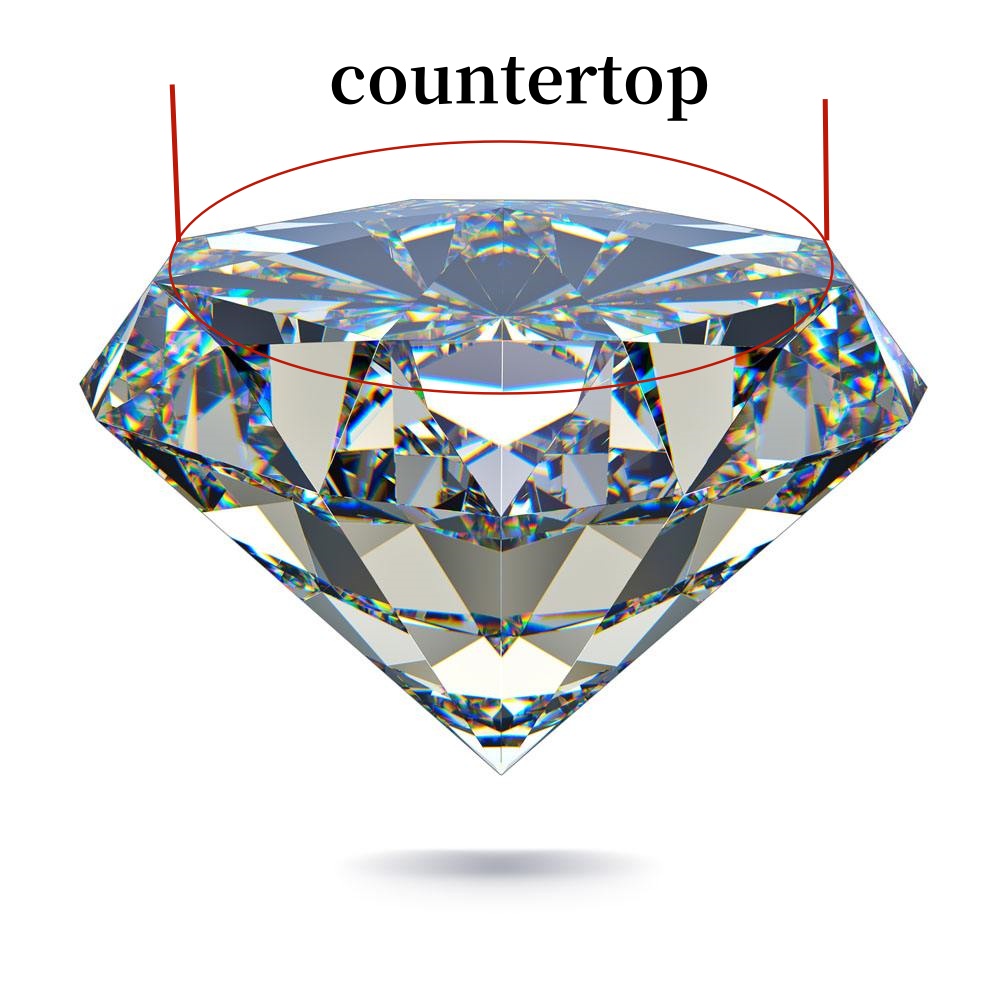
🔍Fluorescence/phosphorescence reaction
Some jewelry jade in the external energy (such as heat, violet light, ultraviolet light, X-ray, cathode rays, etc.) under the radiation, the nature of the gemstone emit visible light is fluorescence, continuous light after turning off the light is called phosphorescence.It can be used to distinguish the authenticity of certain gems.
(moderate fluorescence diamond is a cost-effective choice, fluorescent jade do not buy)
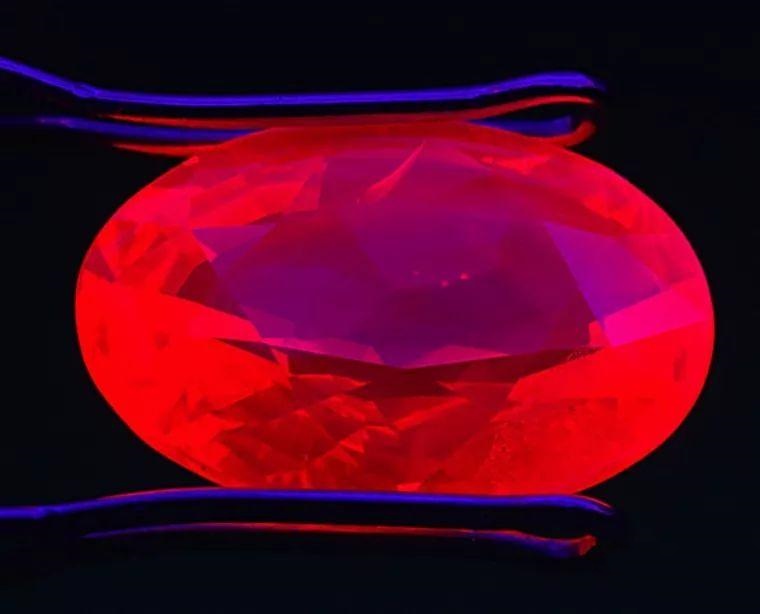
🔍Cleave
When the crystal is hit by external forces, the property of cracking along the crystal face or the special direction of the crystal, that is, the face network in a certain direction in the lattice is called splitting. The parallel, smooth fracture surface along the splitting is called the splitting surface.
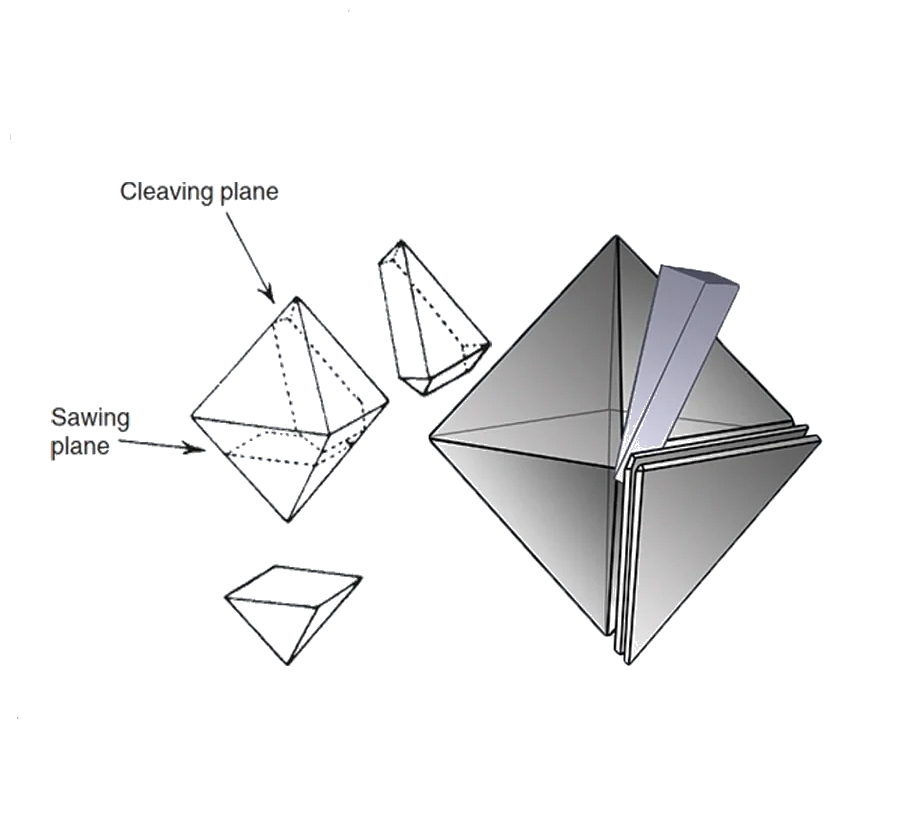
🔍Bottom leakage
Refers to the phenomenon that the color saturation of a certain area of the gem is significantly lower than the body color of the gem due to the cutting of a transparent gem.Put a piece of paper at the bottom of the stone and see if the words on the paper can be seen through the stone. If so, the bottom is leaked.(try to choose a little 30% of the color of the stone).
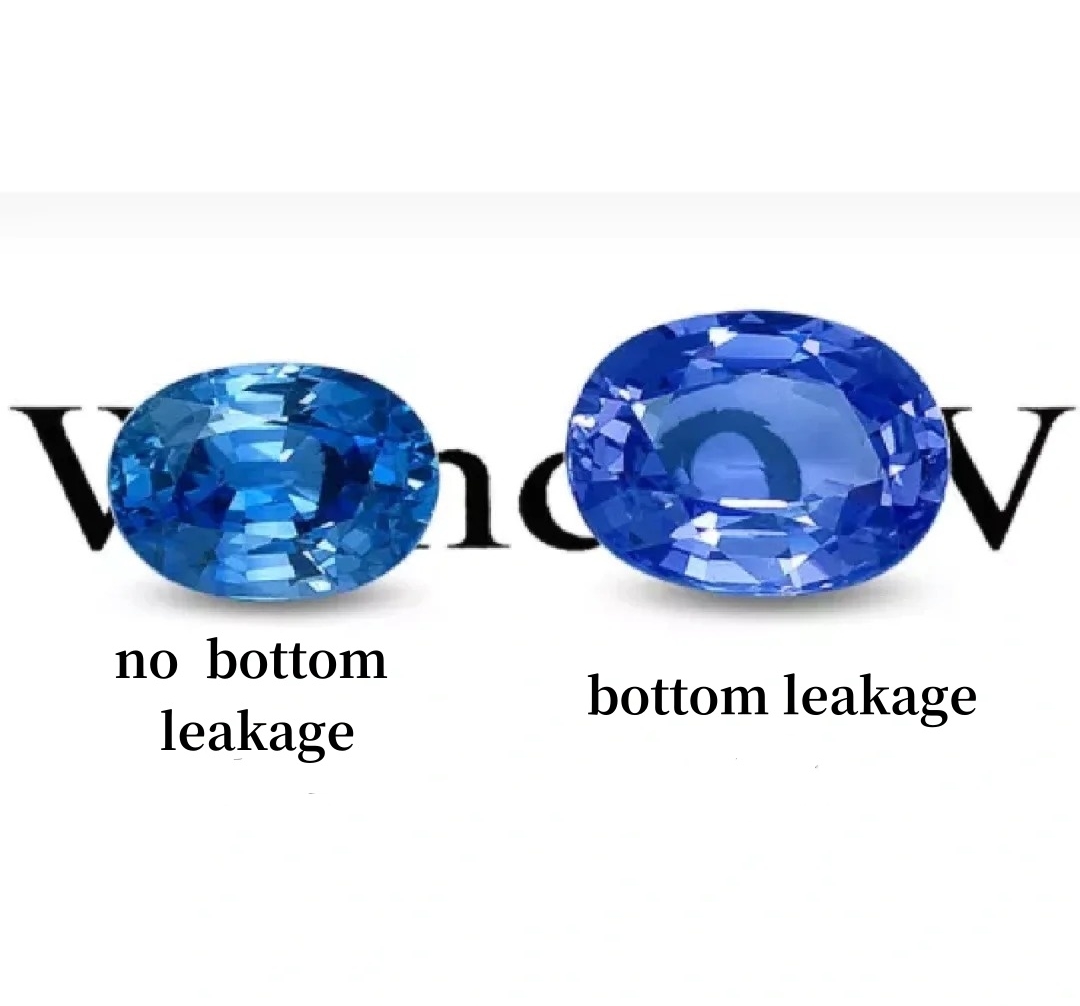
🔍Toughness
The ability of objects to resist wear, tension, compression, etc., can also be called the ability to resist cracking. The so-called high toughness means that the object is difficult to break .
🔍Fire color
Also known as fire, refers to the light reflected from the inside of the faceted gem, intuitively speaking, that is, the light of the gem flashing in the sun (the life of the colored gem!!)
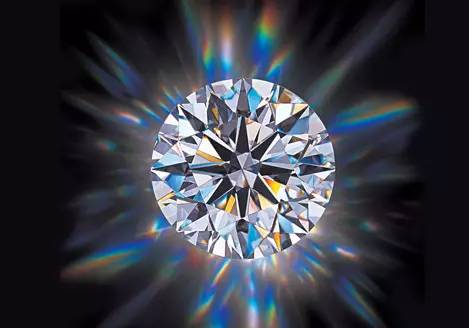
🔍Transparency
The degree to which an object allows visible light to pass through. It can be divided into transparent, translucent, sub-transparent, sub-translucent, opaque, etc. (in most cases, the higher the transparency, the better)

🔍Stability
The ability of a gemstone to resist physical or chemical changes caused by light, heat, or chemical reactions.Stones with poor stability will encounter various problems in the process of cleaning or daily wearing, and precious stones are very stable.
🔍Inclusion
Refers to the impurities contained inside the gem, the composition of the inclusions is diverse, different shapes and sizes, both solid, liquid and gas, and different combinations of these three phases (Absolutely pure gemstones are almost non-existent)



🔍Vitreous body
It means that there is no impurity inside the gem, there is no inclusion, and it is as transparent and clean as glass. (The eyes look clean and free of any impurities)

🔍Mohs hardness
Mohs hardness is a standard for describing the hardness of a mineral. The diamond is used to mark the surface of the gem, and the measured scratch depth indicates the hardness of the gem. The hardness is divided into ten levels, which is represented by the symbol HM; At present, the hardest mineral is diamond, with a hardness of 10HM, while corundum minerals have a hardness of 9HM, second only to diamond (usually the harder the gem, the better the fire color).
🌟🌟🌟Follow us to learn more about jewelry!!!
